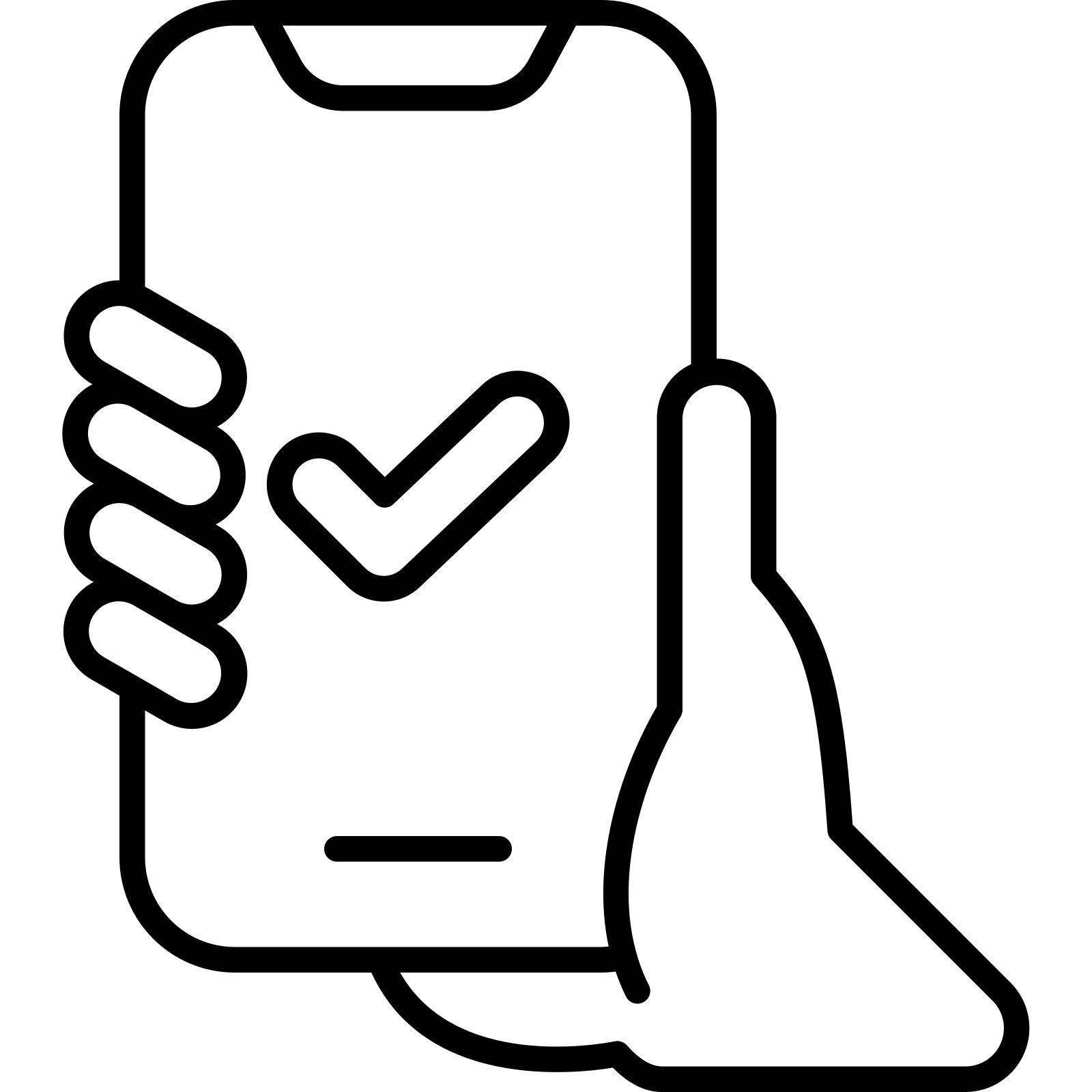Full-cycle game development can be a daunting process, but with the right tools and guidance, it can be a fun and rewarding experience. This blog aims to provide you with all the information you need to develop a game from start to finish. Whether you're a first-time game developer or an experienced one looking for new tips and tricks, this blog is tailored specifically for you! In this first section, we'll discuss the steps and phases of a full-cycle game development process, and in subsequent sections, we'll provide tips and advice on specific aspects of game development. So get ready to learn everything you need to know about game development - from concept to completion!
Full-cycle game development process!
Creating a successful game is a complex and time-consuming process that requires a thorough understanding of the market. The first step is analysis, which involves analyzing the current state of the game industry and understanding what people want from games. After that, development begins by devising a plan for how to create the game content and then putting it all together in Unity or another platform editor. There are four steps in a full-cycle game development process: Analysis, Design, Development, and Marketing. Ultimately, marketing is essential for getting the word out about your game so that people can find it and enjoy playing it! So, if you're serious about game development,
make sure to keep all of these steps in mind and see your project through to the end!
-Game Design
There is no doubt that game design is a fascinating and challenging field. It all starts with ideation - coming up with new and innovative ideas for the game. This process can be divided into multiple stages, such as testing and refinement, before finally launching it to the public. Once a game has been launched, the next phase would be development - turning those initial ideas into a playable prototype. From there on, further tweaks are needed in order to make sure that the game runs well on various platforms and meets player expectations. All of this requires dedication and hard work from both designer and programmer alike!
-Technical Requirement Analysis
The development process of a game can be complex, but with the right tools and resources at hand, it can easily be achieved. In this article, we discuss some of these key points that are essential for any game developer. First and foremost, you need to have a clear vision for the game you want to create. This will help you design levels and settings intelligently as well as determine what graphics and sound effects are required. Once all these details are nailed down, it is time to start developing gameplay mechanics. This involves coming up with rules that players need to follow in order to progress through the game on their own or compete against others online. Without solid gameplay mechanics in place, your project will not reach its full potential!
-Programming / Development
For programming or development, the process usually goes something like this: - after coming up with a design, testing and debugging are essential in order to ensure that everything works as it should - next comes coding - which involves writing the actual code that makes things work. This can be tedious but also exciting since you're creating something from scratch - finally comes design & graphics - here you decide on how things will look and develop the gameplay accordingly. You need to map out all levels, choose objectives, etc.
-Testing
Testing is an essential part of any content marketing strategy. Without it, there is a high chance that your content will end up being ineffective and ultimately lead to poor results. There are many different types of testing that you can use depending on the stage your content is in development (alpha), release (beta), or post-release (gamma). It's also important to keep track of all stages so that you can ensure a quality product reaches the audience you want it to!
-Deployment
There are a few things that you need to take into account when it comes to game development. The most important of these is design. Once you have your game concept or idea, the next step is to develop a full version that incorporates graphics, audio, and gameplay enhancements. After this, it's time for the prototype - this lets you test how well people enjoy playing the game and makes sure all features work as intended. Once everything is working satisfactorily and according to plan, launch day arrives! Make sure everything goes smoothly by organizing media coverage, launching special offers during pre-orders, etc. Good luck with developing your dream game!
Conclusion:-
Game development is a process that requires a lot of planning and execution, which is why knowing the steps and phases of a full-cycle game development process is so important. By following this guide, you will be on your way to creating a game of your own! In the meantime, make sure to bookmark this page and come back for more updates!


